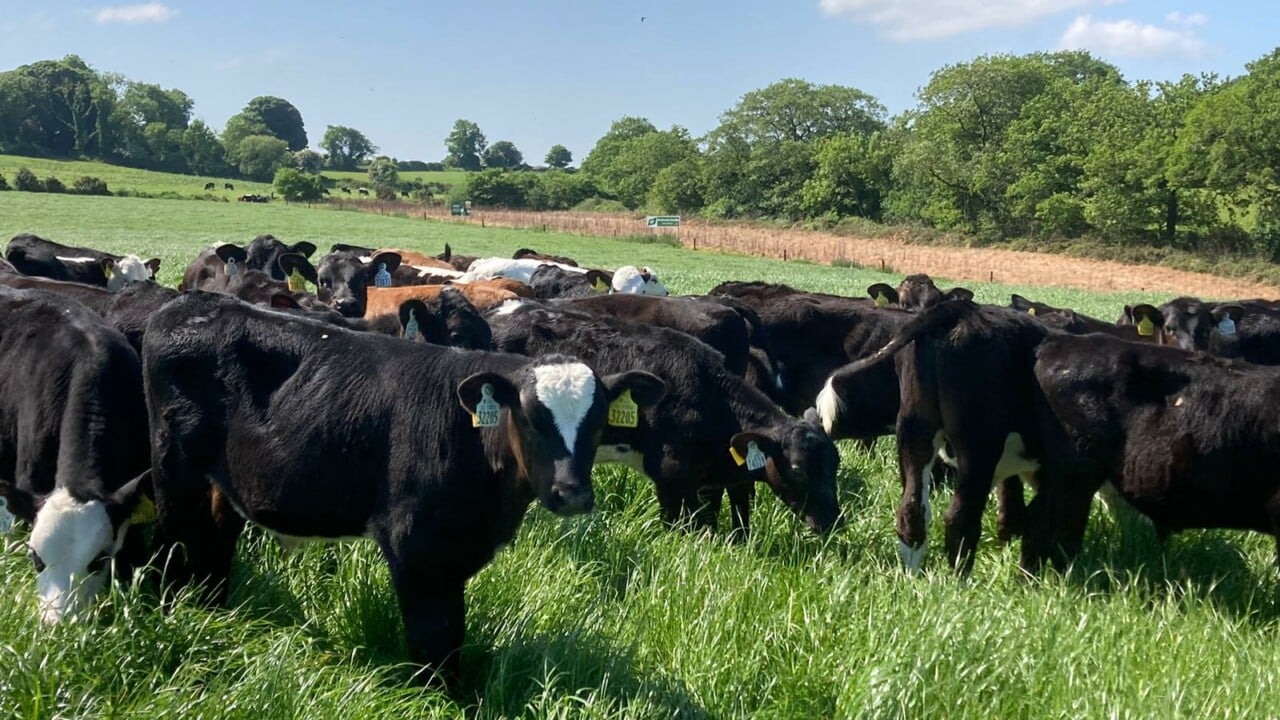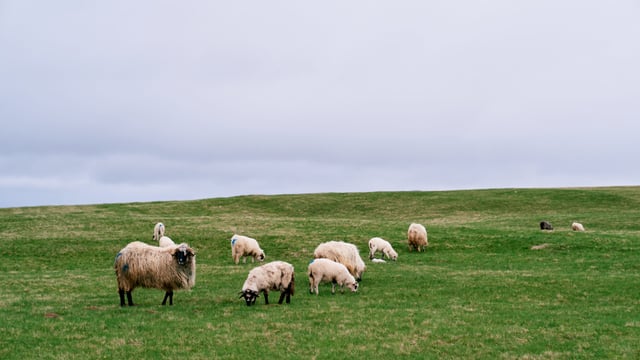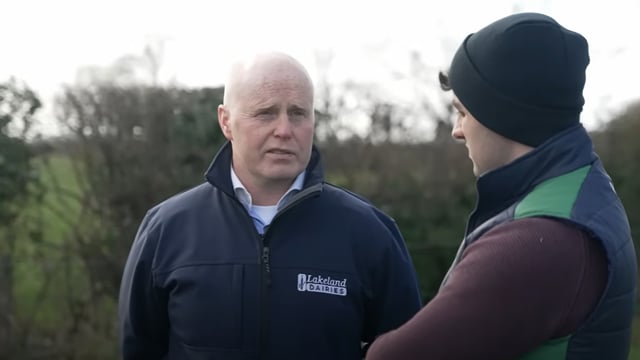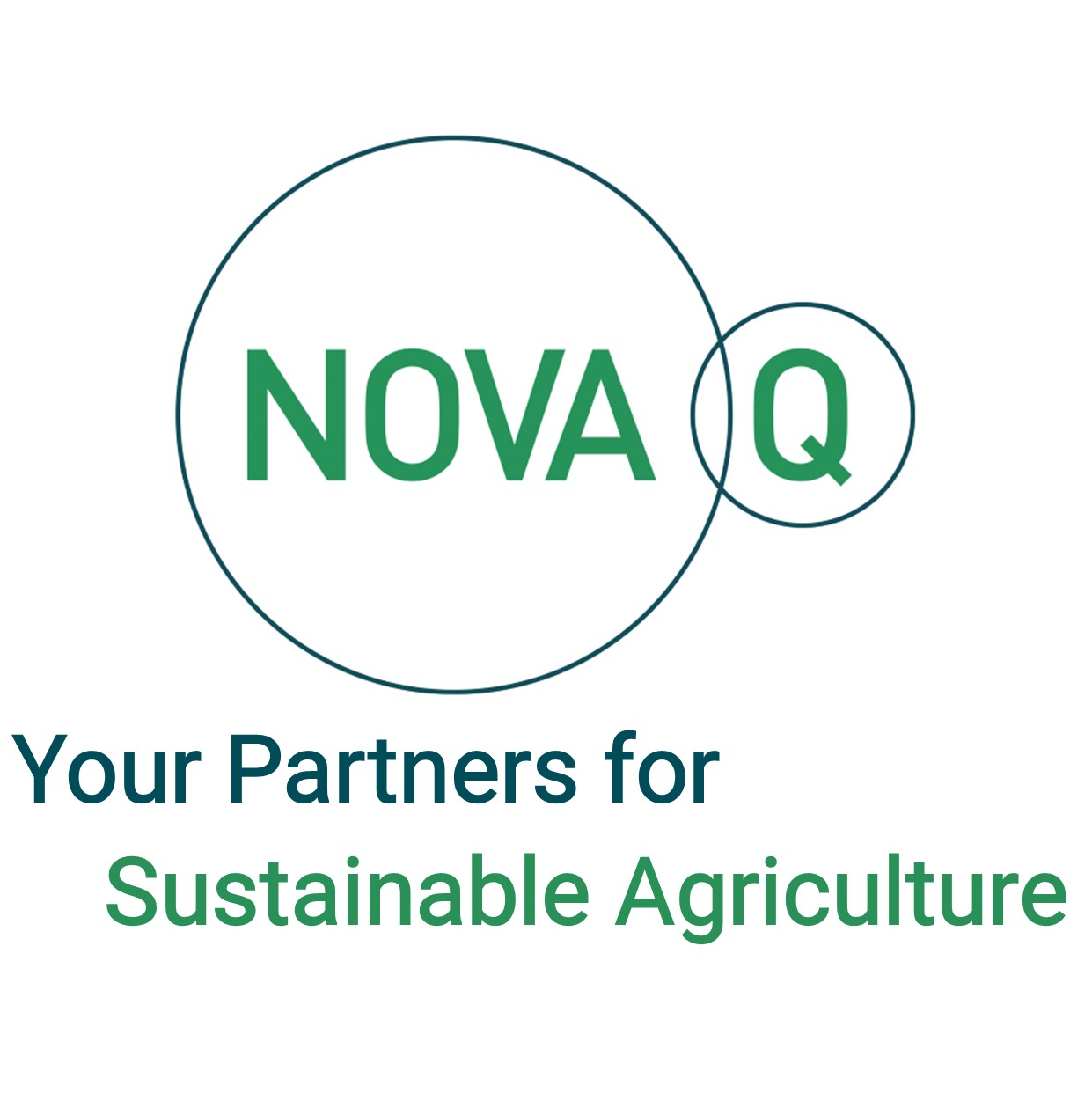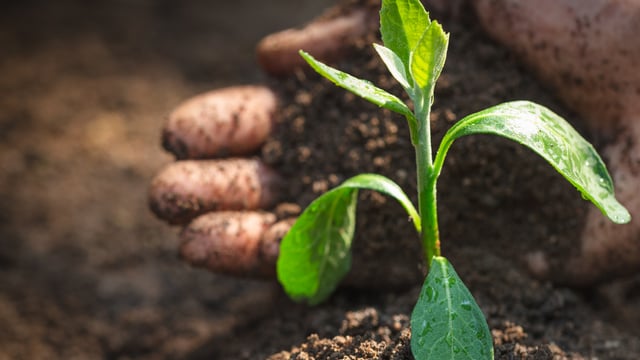Table: Costs almost €60k to rear 100 calves to 12 weeks
The cost of rearing 100 calves to 12 weeks of age has been estimated at close to €60,000, according to Teagasc DairyBeef 500 programme advisor Gordon Peppard.
The Teagasc advisor encouraged farmers to do out their costings before buying in calves. In a recent post on the Teagasc website, he said: "With current beef prices at an all-time high, many beef farmers are currently buying calves to rear in the hope that in two years’ time when they are finished that beef price will still be as positive and a margin can be made."
He said that Angus and Hereford type calves are "easily making from €200-€300/head" and said that continental-type calves are making even more than this.
Peppard outlined sample guideline costings for rearing dairy calf to beef animals this spring. He encouraged farmers to complete their own costings and said: "It is essential to complete a budget and to beware of the costs involved".
The Teagasc advisor said that in order to have 100 animals fit to slaughter in the winter of 2026 or spring of 2027, at a lifetime mortality rate of 4%, a farmer will need to buy 104 calves. If calves are costing €300/head, this will amount to €31,200.
In the costings, Peppard averaged the number of calves reared at 102, with the assumption that calves are bought at two to three weeks of age and receive 1.5 bags of milk replacer each up to weaning at 10 to 12 weeks of age.
He said: "There are many different types and quality of milk replacer available with prices ranging from anywhere from €50-70/bag, at an average cost of €55/bag that comes to €8,415."
"Depending on the part of the country you are in, the cost of straw may vary slightly. 102 calves housed over a nine to ten week rearing period will use in and around 70 four-by-four round bales of straw for bedding and roughage. With transport included, we will put the average cost at €35/bale. This comes to another €2,450."
He said that on average, calves will eat somewhere in the region of 75kg of concentrates from birth to weaning off milk.
"Farmers may be using 20kg bags for convenience at the start followed by bulk feed. At an average cost of €500/t, this adds another €37.50/calf or €3,825 for the group," he added.
Veterinary costs are hugely variable on farms with some farmers having a very strong vaccination policy whilst others use very little.
"With large numbers of calves possibly coming from numerous herds, it may be prudent to discuss with your own vet the vaccination policy on our farm," he said.
A top spec programme will cover:
- Pneumonia;
- Infectious bovine rhinotracheitis (IBR);
- Clostridial diseases;
- Coccidiosis;
- Allowing for call outs and treatments, etc.
The Teagasc advisor said this animal health programme "could easily reach €40/head" but said "with awareness that not every farmer will go to these lengths, we will use €30/calf in our calculations here".
"There are many other cost items that farmers incur that could also be included here for example, microbes, electrolytes, castration, dehorning, TB test etc. At an average of €30, that equates to €3,060 for 102 calves."
The Teagasc advisor said that the average fixed costs across all farmers participating in the DairyBeef 500 programme for 2024 were €831, with a range from €500-1,100/ha.
"If we assume that there are approximately 2-2.5 animals reared/ha in a two-year-old system, that averages out at a fixed cost of approximately €350 for an animal to get from a two week old calf to a slaughter age of two years."
While this fixed cost figure is for the lifetime of the animal, a fixed cost must be attributed solely to the calf-rearing phase that accounts for calf-housing facilities, milk-feeding equipment, water heating, lighting, repairs and maintenance of facilities, washing, cleaning out and disinfecting the shed, storing and spreading the dung, insurance, depreciation, etc.
"If we even put 25% of the total fixed costs (€350) to the calf rearing phase of the calf, we have another €87.50/head or €8,925 for 102 calves."
The table below includes the assumed costs of bringing 102 dairy-beef calves to weaning:
| Cost item | € |
|---|---|
| Calf cost | 31,200 |
| Milk replacer | 8,415 |
| Calf concentrate | 3,825 |
| Straw | 2,450 |
| Vet | 3,060 |
| Fixed costs | 8,925 |
| Total | 57,875 |
| Average cost per calf to weaning | €579 |
From the table above, based on current figures used in the article, the average cost of a calf reared to weaning stage at approximately 12 weeks of age is just shy of €600 based on paying €300 for the calf.
"Rearing dairy beef calves is not for the faint hearted and is a very costly system," Peppard said.
He noted an observation from the Irish Cattle Breeding Federation (ICBF) that "for every 10 farmers that start rearing calves for beef from the dairy herd, in five years’ time there will only be four of them still rearing calves".
"With costs high, ensure that you have your figures done to ensure you can have a positive margin in two years’ time to justify your investment and labour involved."
The Teagasc advisor clarified that the prices included in the article may vary "depending on numerous scenarios, including age, breed and sex of the calf, regions of the country involved, quantities of milk replacer, straw and concentrate used, vaccination programme used and vet interventions required and the fixed costs can also vary largely from farm to farm".

